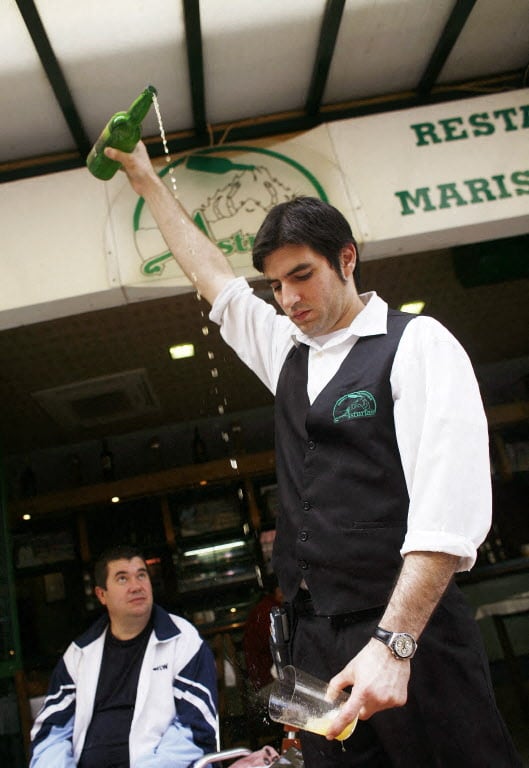Tapas should be given World Heritage status according to Íñigo Méndez de Vigo, Spain’s Minister of Education, Culture and Sport.
Méndez de Vigo made the comments to Irina Bokova, the director general of Unesco, the UN agency that dishes out the World Heritage statuses, arguing that tapas “comes from a local sphere but have now become something universal”.
“Go anywhere in the world and order tapas and you know what you’re going to get,” Spain’s Culture Minister said, according to Spanish daily El Mundo.
Méndez de Vigo's comments come mere months after the president of Spain's Royal Academy of Gastronomy also called for the humble tapa to be given World Heritage status.
If successful, tapas will join other illustrious Spanish exports as flamenco, Catalonian human towers and even the Mediterranean diet on the list of intangible Unesco World Heritage products.
The word tapas comes from the Spanish tapar – to cover and a tapa – a lid. Spaniards used to use their chunks of bread, topped with various delicious morsels, as a lid to cover their beer and wine to prevent the flies from getting in, hence the word “tapa” (“lid”) was born.
Spain has the third highest number of Unesco sites and products in the world (44) after Italy (51) and China (48).





 Please whitelist us to continue reading.
Please whitelist us to continue reading.
Member comments